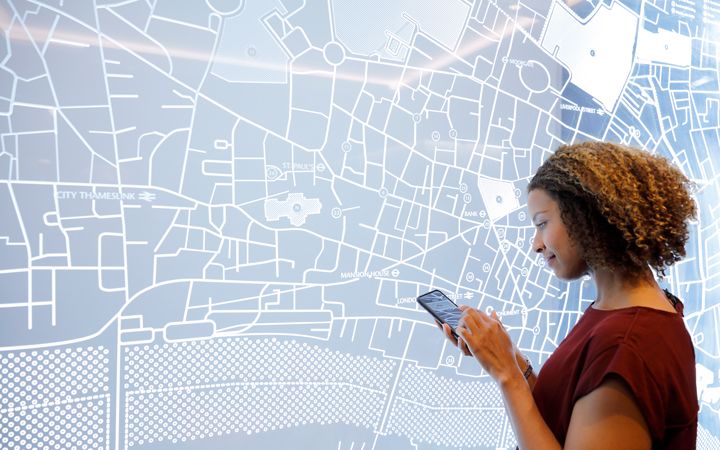Travel and tourism
Combining strategic tourism and aviation expertise to inform effective policymaking, commercial decisions, and investments.
Tourism is inexorably linked to aviation. One feeds the other, and both elements are needed to create lasting results. Our clients include destination management organizations, airports, hotel companies, loyalty programs, railroads, regulators, and trade bodies. We leverage proven methodologies, create best practice processes, and develop proprietary technology tools. Our team includes experts who come from the tourism, aviation, and branding sectors.

An integrated tourism approach
We’re a rare breed: tourism experts around a strategy, aviation, and media core. We’re the only provider that offers a full spectrum of expertise, insight, and data tools in tourism together with branding and air connectivity. Our expertise in understanding airlines, data, consumer behavior, and strategy is fundamental to our effectiveness.

Results-driven tourism solutions
Instead of standard marketing campaigns, we work with our clients to reframe, rebrand, and renew tourism strategies, experiences, and products to create “I want to go” buzz. We match your destination with specific target markets and airlines who want what you have, which supports a sustainable tourism industry. We create bespoke tourism strategies and air service marketing strategies to create demand for your destination.

Data, analytics, and customer behavior tools
We use our NetWorks® planning software to model air service scenarios, based on algorithms used by airlines to make route decisions. We access in-the-moment social media data from Google Analytics, Forward Keys, Talkwalker, and many other sources to understand what customers are looking for in travel and tourism. We also lead virtual or in-person Spark Labs workshops to identify problems and design innovative solutions, and provide a suite of proprietary tools for risk reduction and climate resilience efforts.
Our services
- Tourism strategy
- Product development
- Behavioral research and data science
- Air service development
- Measurement and financial advisory
- Disaster preparedness and response
- Investment and transaction support
- Industry communication (B2B)
- Marketing strategy, branding, and communication
- Economic impact analysis
Our work
Insights